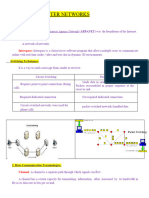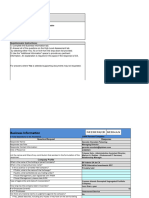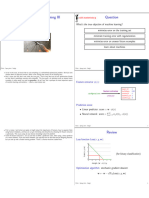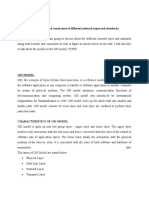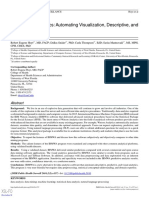0% found this document useful (0 votes)
14 views8 pagesNetworking and Security Summary
The document provides an overview of key networking terminologies, types of networks, internet connection methods, network topologies, media, devices, Ethernet categories, wireless standards, and the OSI model. It explains concepts such as IP and MAC addresses, bandwidth, latency, and various network architectures like peer-to-peer and client-server. Additionally, it covers wired and wireless media, network devices, and the structure of Ethernet cables and wireless standards.
Uploaded by
ge183929Copyright
© © All Rights Reserved
We take content rights seriously. If you suspect this is your content, claim it here.
Available Formats
Download as DOCX, PDF, TXT or read online on Scribd
0% found this document useful (0 votes)
14 views8 pagesNetworking and Security Summary
The document provides an overview of key networking terminologies, types of networks, internet connection methods, network topologies, media, devices, Ethernet categories, wireless standards, and the OSI model. It explains concepts such as IP and MAC addresses, bandwidth, latency, and various network architectures like peer-to-peer and client-server. Additionally, it covers wired and wireless media, network devices, and the structure of Ethernet cables and wireless standards.
Uploaded by
ge183929Copyright
© © All Rights Reserved
We take content rights seriously. If you suspect this is your content, claim it here.
Available Formats
Download as DOCX, PDF, TXT or read online on Scribd
/ 8














































